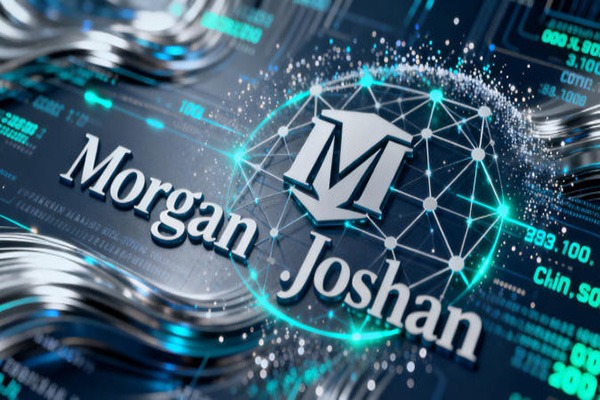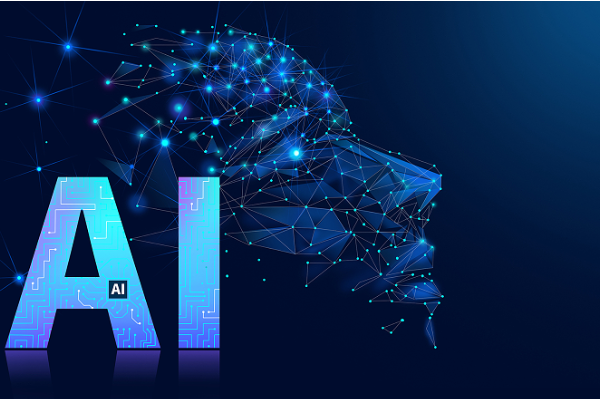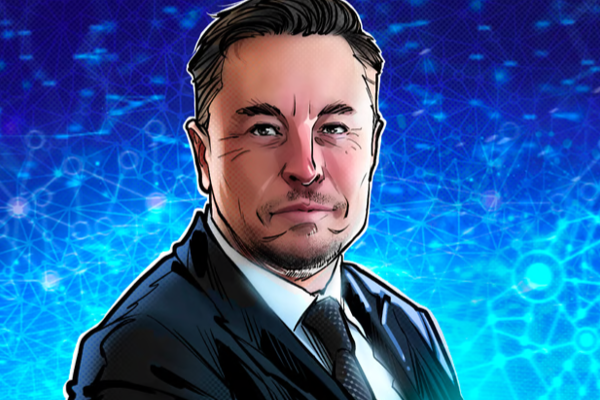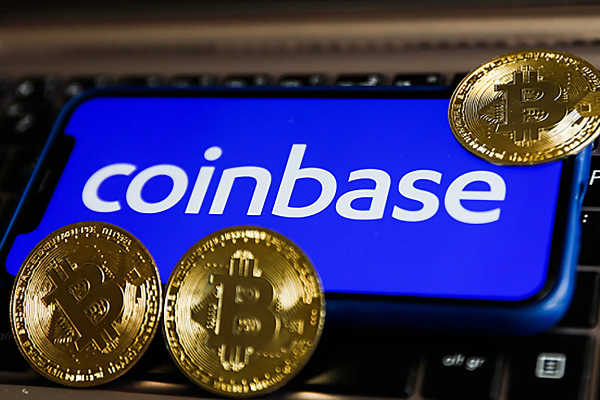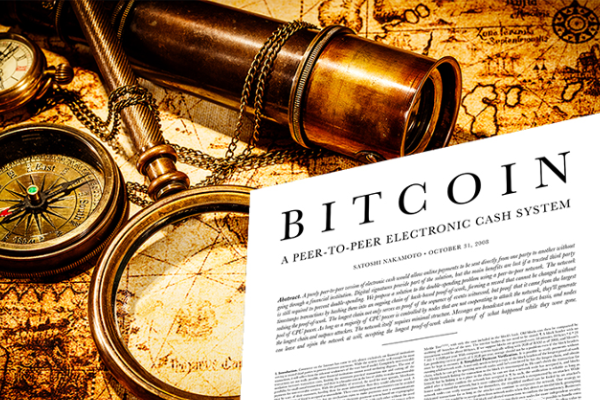Returning to the value anchor, how can Web3 AI Agent overcome the MEME trap?
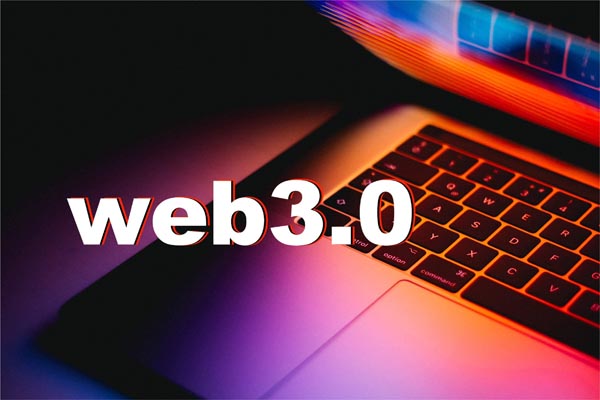
Everyone's expectations for the AI + Crypto track are still firm, but the narrative evolution of web3 AI Agent is a little confused. What should we do?
Recently, after talking with some entrepreneurs and VCs, we have a common feeling that everyone's expectations for the AI + Crypto track are still firm, but the narrative evolution of web3 AI Agent is a little confused. What should we do? I have sorted out several potential changes in the subsequent AI narrative for reference:
1. AI Agent's use of MEME to issue coins is no longer an advantage, and even "coins are scary". If a project has no PMF support and only a set of Tokenomics running idle, it will naturally be labeled as pure MEME hype, just a wolf in sheep's clothing, and has little to do with AI;
2. The original landing order of AI Agent > AI Framwork > AI Platform > AI DePIN may be adjusted. When the Agent market bubble bursts, Agent becomes the "carrier" after the fine-tuning of large models, data algorithms and other technologies are formed. Without the core technology support behind it, it is difficult for an AI Agent to show its muscles again;
3. Some projects that originally provide service platforms for AI data, computing power, algorithms, etc. will surpass AI Agent and become the focus of attention. In other words, even if new AI Agents are launched, Agents created by these AI platform projects will be more market-persuasive. After all, a project that can run an AI platform requires a much more reliable team and technical foundation than a Dev that only deploys low-cost frameworks;
4. Web3 AI Agent can no longer fight with the web2 team, and must find a direction for web3 differentiation. Web2 Agent focuses on utility, so the logic of low-cost deployment of the development platform works, but web3 Agent focuses on Tokenomics. Over-emphasizing low-cost deployment will only stimulate more asset issuance bubbles; there is no doubt that web3 AI Agent should combine blockchain distributed consensus architecture for innovation and development (the top article on my homepage has a detailed description);
5. The biggest advantage of AI Agent is "application front-end", which belongs to the logic of "fat protocol, thin application", but how to make the protocol fat? How to mobilize idle computing resources, use distributed architecture to drive the low-cost application advantages of algorithms, and activate more vertical segmented scenarios such as finance, medical care, and education. How should the application be slimmed down? It is not possible to make AI Agent manage assets autonomously, conduct transactions autonomously, and interact autonomously in multimodal ways. We cannot try to eat a big fat man at once. We need to break down the needs and implement them slowly. Otherwise, it will take a year or two for a DeFai scenario to mature.
6. The MCP protocol in the web2 field and Manus automatic execution of multimodality, etc., are inspiring innovations in the web3 field. They can be directly extended and developed based on MCP + Manus to suit web3 application scenarios, or the distributed collaboration framework can be used to enhance business scenarios on top of MCP. Don't talk about subverting everything right away. It is enough to optimize the existing product protocols appropriately and give play to the irreplaceable differentiated advantages of web3. Both web2 and web3 are in the process of this AI LLMs revolution. Ideology doesn't matter. What is important is to truly promote the development of AI technology.
